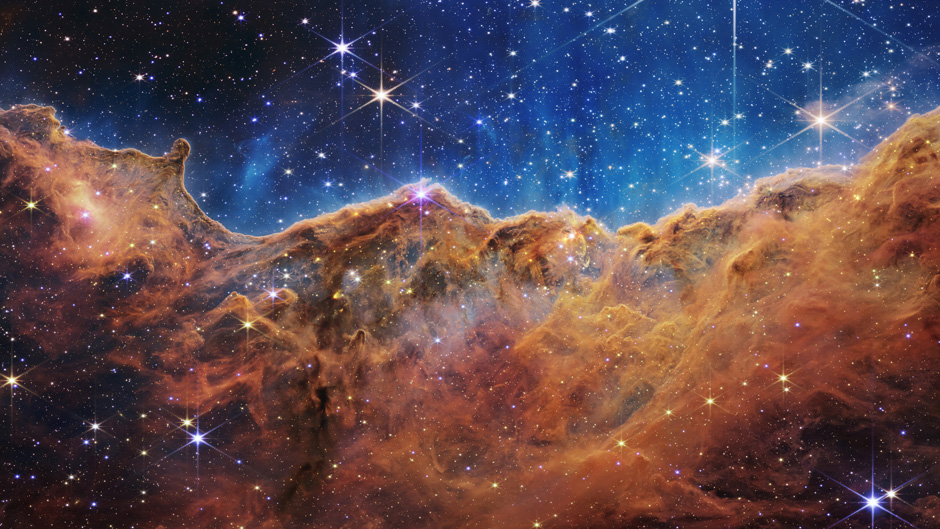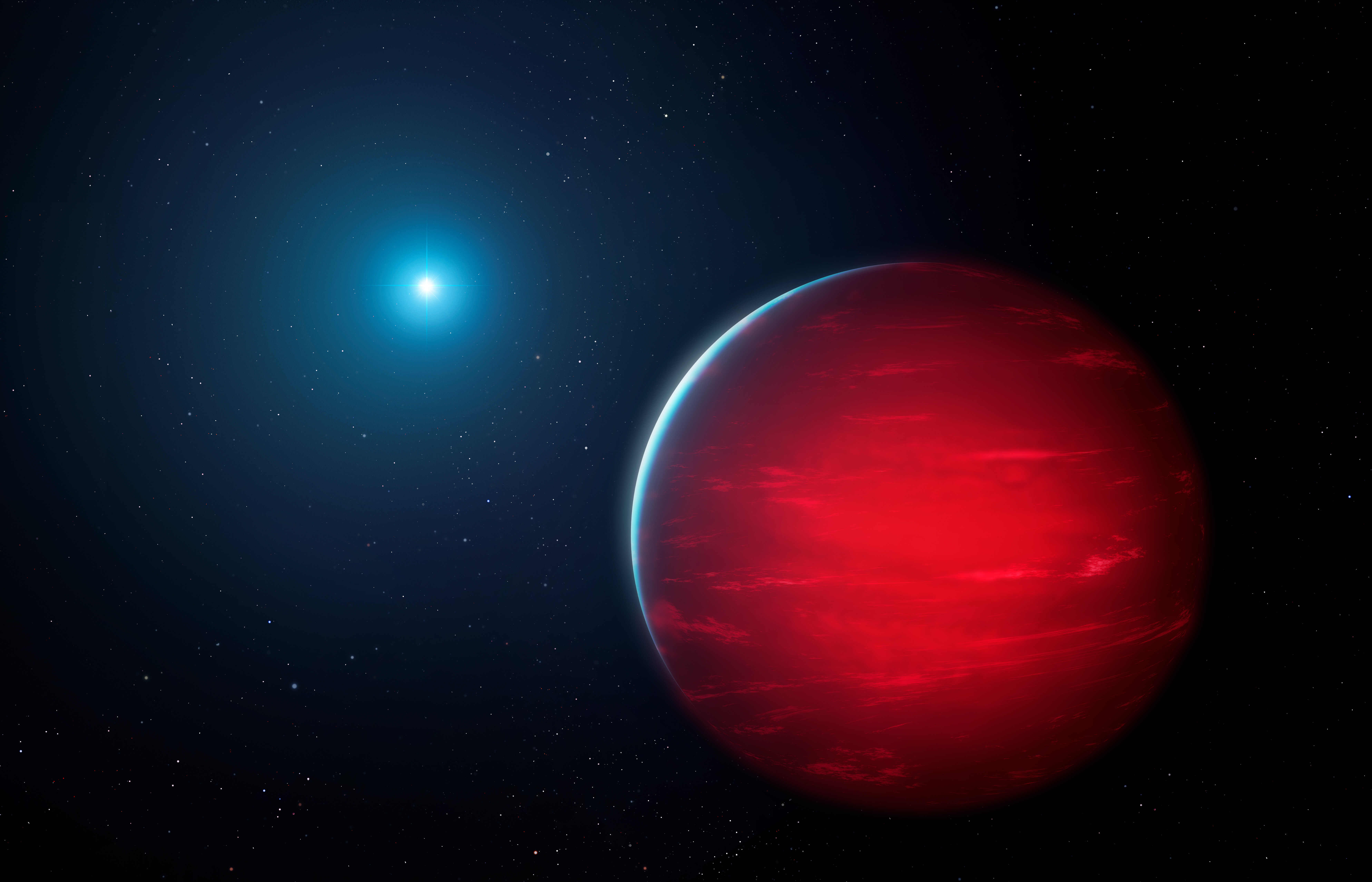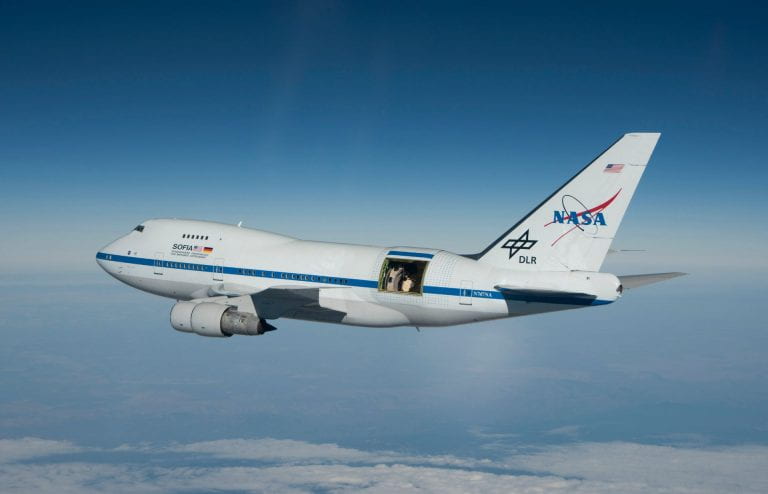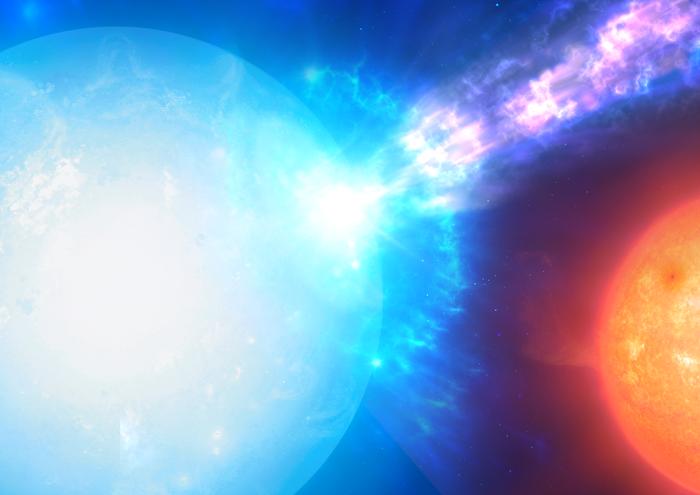TEAM-UP Together is pleased to announce its first cohort of scholars, 31 African American students who will each receive $10,000 for the 2022-23 academic year. The scholarship program aims to reduce financial barriers that prevent many Black students from completing their undergraduate education in physics and astronomy. A collective action initiative, TEAM-UP Together is a partnership between the American Association of Physics Teachers, the American Astronomical Society, the American Institute of Physics, the American Physical Society, and the Society of Physics Students. TEAM-UP Together is sponsored by the Simons Foundation International.





